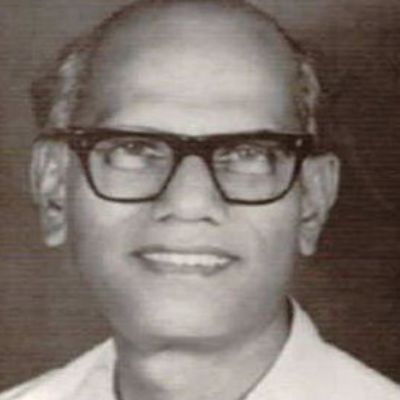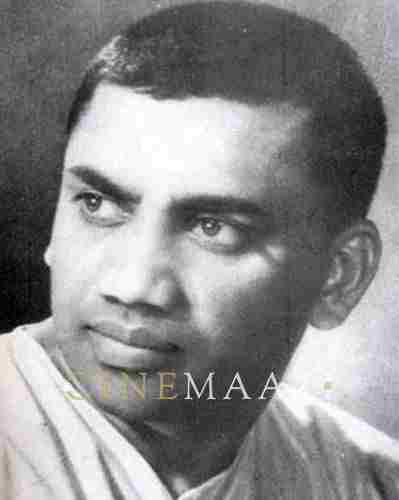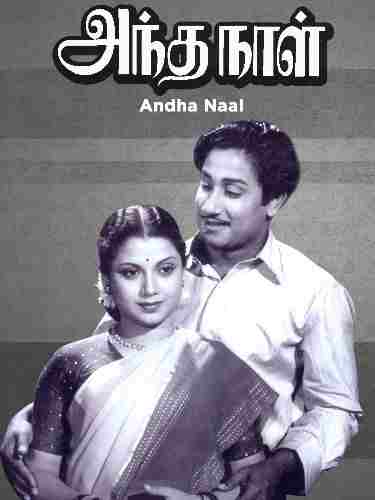This section is for paid subscribers only. Our subscription is only $3700/- for one full year.
You get unlimited access to all paid section and features on the website with this subscription.
Subscribe to read full article
This section is for paid subscribers only. Our subscription is only $37/- for one full year.
You get unlimited access to all paid section and features on the website with this subscription.
Not ready for a full subscription?
You can access this article for $2, and have it saved to your account for one year.
- Release Date1955
- GenreDrama, Social
- FormatB-W
- LanguageTamil
- Run Time198 mins
- Length17906 meters
- Censor RatingU
- Censor Certificate Number22608
- Certificate Date14/05/1958
This was a film which espoused Leftist ideology and with distinct propagandist overtones. The script was by S Nagarajan, a communal ideologue. Arul, the son of mill hand Mariamma, works as a paperboy and a shoeblack but also manages to do well in college. Lily, the mill owner’s daughter, studies in the same college and falls in love with him. Arul goes to England for higher studies and returns as a barrister. Instead of practising law, he decides to organize the workers. He declares that workers in India should be united. He deprecates the multiplicity of trade unions and the infighting that goes on. He manages to unite all four unions in the mill and also gets elected as secretary of the new union. When workers are retrenched due to the installation of modern machines, Arul leads a strike, is prosecuted and is eventually acquitted by the court. The mill owner tries to blow up the bridge on which the labourers are marching in protest. Arul foils the attempts but is shot in the process. He dies, leaving behind his wife and son.
This film stood apart from both in content and form. S Balachandar, the veena maestro, was in the limelight as a filmmaker after his successful, Andha Naal (1954). With Nemai Ghosh at the camera, Avan Amaran was a visually—oriented work, particularly the protest march scene shot on a bridge near Fort St. George in Madras. Later, the film was subjected to severe cuts by the films Censor Board: several sentences were excised from Arul’s deposition before the landless tillers were removed. Though it had a progressive political stance, the film also stuck to the usual screen conventions of Tamil films, like women prostrating before the hero. Here, Lily falls at Arul’s feet and bags for his affection.
The logo of the producers, the People’s Films, featured two factory workers, a woman and a man, with raised hands, inspired by the famous at the Red Square in Moscow.
(From the book The Eye of the Serpent by S Theodore Baskaran)
Cast
-
K R Ramaswamy
Arul -
T S Balaiah
Mill owner -
Raja Sulochana
Lily -
Kannamba
Mother of Arul
Crew
-
BannerThe Peoples Films, Madras
-
Director
-
Music Director







.jpg)


